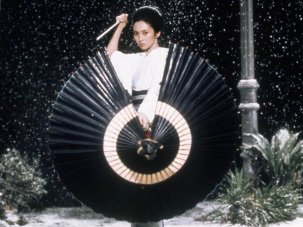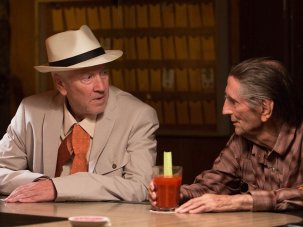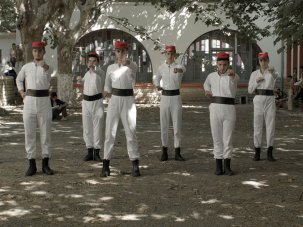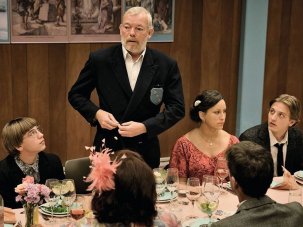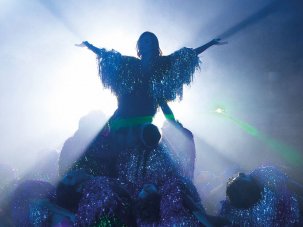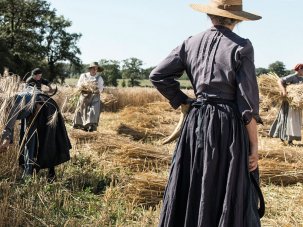Tonsler Park
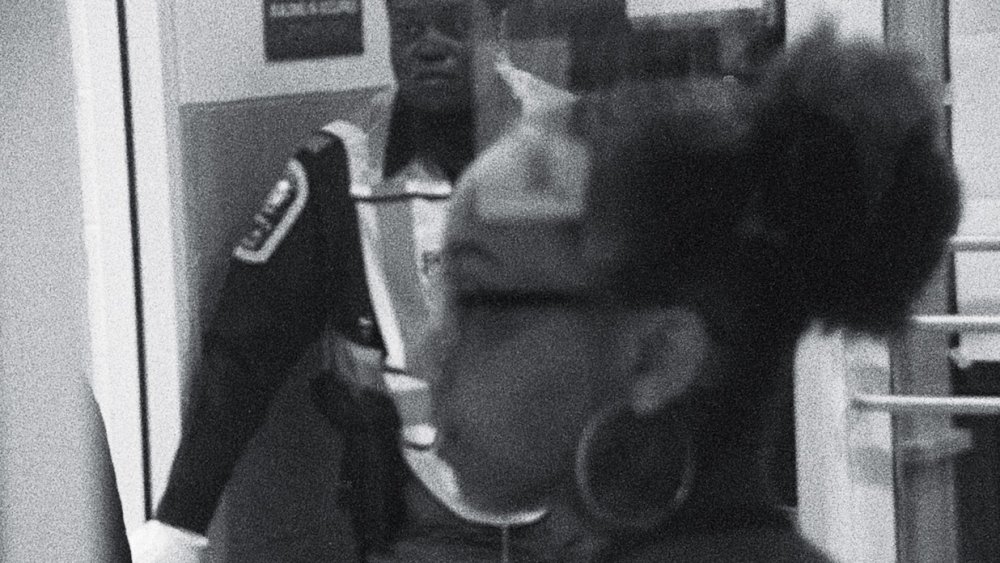
Tonsler Park (2017)
What’s it about?
The film takes place entirely on 8 November 2016 – US election day. It shows the mainly African-American public officials setting up the balloting procedures. Everson’s unobtrusive 16mm camerawork observes the dance of democracy taking place as the public enter to register their choice for president and then depart.
Who made it?
Kevin Jerome Everson is professor of art at the University of Virginia, Charlottesville. He is a prolific filmmaker, having made nine features and numerous shorts, as well as being a painter, sculptor and photographer. He has had many retrospectives, with one coming at the Tate Modern in late September 2017.
What’s special about it?
Tonsler Park covers the day that changed the world, when Donald Trump was unexpectedly and shockingly elected as US president, but, of course, that was not known at the time of shooting. It was filmed in four different polling stations in Charlottesville, Virginia – a city that now fills the news because of racial conflict. Although ostensibly focusing on the electoral process, the piece contains many bitter ironies now that we are all too aware of the consequences of that election result. Importantly, it puts African-American people to the fore in a democratic system that throughout American history has mostly sought to exclude them.
See this if you like…
John Akomfrah; Fred Wiseman; Margaret Salmon; Guy Sherwin; Lav Diaz
Helen DeWitt
A Blemished Code

A Blemished Code (2017)
What’s it about?
An experimental documentary about the ‘Godmother of holography’ Margaret Benyon, who died last year. The film both gives voice to the unsung legacy of a pioneering woman artist and uses this as a starting point for an impassioned meditation on the life of women artists and the precarious balance of artistic and quotidian concerns.
Who made it?
Glasgow-based Anne-Marie Copestake is an acclaimed artist who originally studied sculpture. While not hugely well known outside of Glasgow, she is an influential ‘artist’s artist’ often collaborates, instigates and documents her community. She has built up an strong body of film works including And Under This, a Margaret Tait award-winning film that documents, like A Blemished Code, the underrepresented voices of older women. Copestake is also a member of the band Muscles of Joy and the print collective Poster Club.
What’s special about it?
Copestake is an artist completely in control of her materials. Her films are delicate and tactile yet cut through with a powerful emotional force. Sidestepping easy categorisation A Blemished Code is both an intimate documentary portrait and a passionate celebration of a woman’s voice and life, underlined by a musical chorus that gives emotional weight to the film’s narration.
Beautifully shot, partly by Experimenta alumni artist Margaret Salmon, and with a striking soundtrack by Stevie Jones, Mai Mai and Leigh Ferguson, this is a truly unique experience. It’s screening with Duncan Campbell’s brilliant deconstruction of anthropological perspectives on rural Ireland, The Welfare of Tomás Ó Hallissy.
Benjamin Cook
Dead the Ends
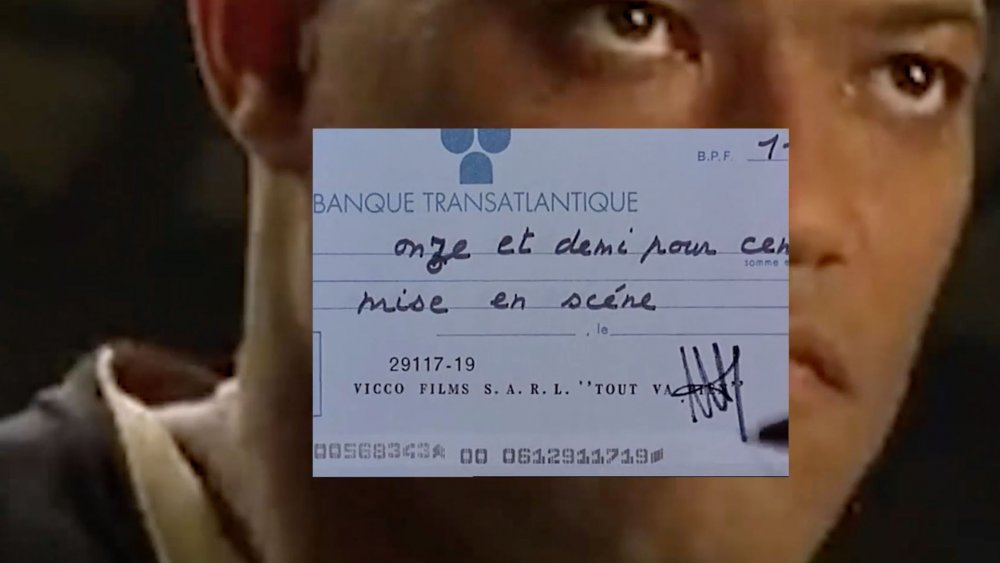
Dead the Ends (2017)
What’s it about?
Many things. Dead the Ends begins with the 2011 London riots and the death of Mark Duggan, but then begins retelling the story of Chris Marker’s influential experimental narrative short La Jetée (1962), about a man who is sent back in time to avert the fascist future.
Marker’s original was political in framing and centred on memory and belonging, while Benedict Seymour’s versions extends the scope of the core narrative to directly engage with current endemic inequality, the structures of language and the politics of our retro-fashions and outlook. The way the central character sees our world afresh connects the film in some respects to Jonathan Glazer’s Under the Skin (2014).
Who made it?
London-based Benedict Seymour has been reworking elements of cinematic history in disruptive, Situationist style (the French political avant-garde group who relished the jarring, political potential of collage) for over a decade. He’s collaborated with like-minded artists such as Melanie Gilligan, Matthew Noel-Tod and Jarman Award winner David Panos. His critical, incisive thinking has been particularly visible in the political post-internet cultural commentary magazine Mute, where he has been contributing editor and regularly writer.
What’s special about it?
Dead the Ends is extraordinarily engaging and inventive, plundering and bending all manner of familiar cinematic material into gifs and utilising text speak to rewire our thinking about contemporary culture. It also subsumes a narrative structure into what is effectively an essay film about where we are all at, and how privileging and inequality is structured into our lives, language and technology. By using what is familiar to many or most people, it fires the imagination and intellect in a profoundly immediate and accessible way.
William Fowler



